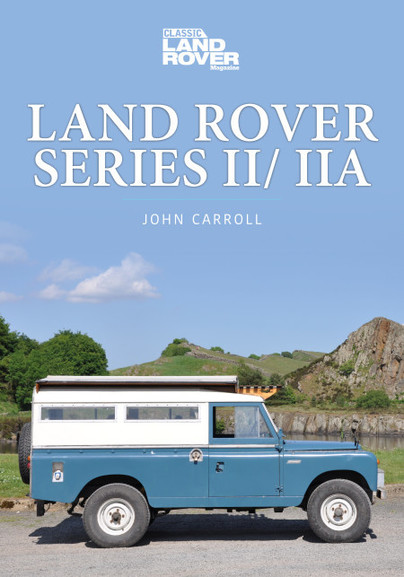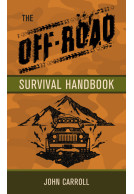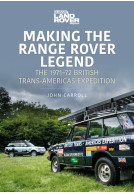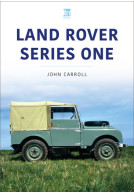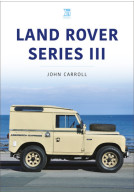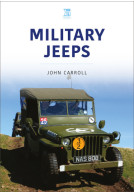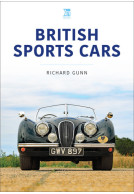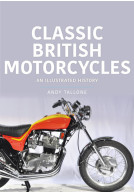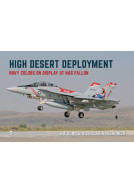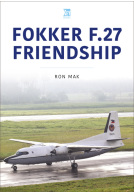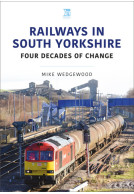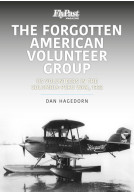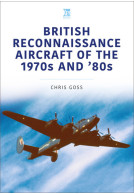Land Rover Series II/IIA (Paperback)
Imprint: Key Publishing
Series: Classic Vehicles
Pages: 96
ISBN: 9781913295967
Published: 3rd May 2022
(click here for international delivery rates)
Order within the next 4 hours, 52 minutes to get your order processed the next working day!
Need a currency converter? Check XE.com for live rates
After ten years of production, the Solihull-manufactured Land Rover was established as a useful 4x4, popular with farmers, armies and those whose employment took them far from the beaten track. Following a redesign, the Series II Land Rover was launched in April 1958. It was available in two wheelbases, with a choice of diesel or petrol engines and a variety of body styles including pick-ups and soft-tops and, aimed more at travel and people-carrying rather than agricultural work, short and long wheelbase Station Wagons. The main difference that identified the new Land Rovers at a glance was the radius pressed into the aluminium bodywork below the galvanised waist rail. This changed the Land Rover's appearance considerably and was a shape that endured until 2016 in the Land Rover Defender. The Series IIA was introduced in 1961 and through a production run that last until 1971, a succession of upgrades, mainly detail and cosmetic changes, followed.
Land Rover production and sales peaked at the end of the sixties when more than 55,000 Land Rovers were sold in one year. This figure partially accounts for the popularity of the Series II/IIA Land Rovers but it is generally accepted that these were sme of the strongest Land Rovers ever built - the transmission was particularly noted - and it was these that formed the basis for specialist applications such as fire tenders, mobile cinemas, military models, ambulances, campers and those used to drive winches, pumps and agricultural machinery. Further specialisation came in the form of the Series IIA and IIB Forward Control and 'bonneted' One Ton models. All models of Land Rover were based on a steel, box-section chassis with a pressed steel bulkhead and largely interchangeable aluminium body panels. Differences between long and short wheelbase variants were minimal and generally restricted to different size wheels and tyres, different specification springs reflecting different payloads and a heavier duty rear axle in the LWB models. The design was such that construction of both left and right-hand-drive configuration vehicles was straightforward. Colour choices were kept to a minimum and the Land Rover remained the definitive farm vehicle in rural areas not least because of the Land Rover's towing ability for pulling horse boxes and livestock trailers.
The distinctive Station Wagon models - unofficially referred to as 'Safari' models became popular with overland travellers and were often seen on location in TV nature programmes, in the National Geographic magazine and in the hands of aid agencies all of which promoted the Land Rover which had most of the lightweight 4x4 market to itself especially in export markets such as Australasia and Africa. In Africa it has been suggested that the first motor vehicle much of the population ever saw was a Land Rover.
John Carroll has compiled a superb survey of the first three Series of Land Rovers (the 110 and 90 and Defenders came later in the 1980s onwards) and the three books begin with short introductions to the genre, then copiously illustrated high quality
York City & District Society of Model Engineers
images of examples and applications, both civilian and military.
Special purpose vehicles are also covered as well as details and action shots showing features in use such as winches and the Power Take Off on early Series I’s which allowed them to drive machinery much as a tractor could.
Volume 2 of the Classic Vehicles series on the Land Rover looks at the Series II and IIA models. Once again the author starts with the development of the second generation of the classic Land Rover.
Diesel and Electric Modellers United, Summer 22 Issue
This volume covers 1958-1971 and is also filled with photos of the series II Land Rovers and the many variations and conversions carried out on these vehicles over the period covered. Another useful reference addition.
Recommended.
About John Carroll
John Carroll is an esteemed motoring journalist and photographer. He is the editor of 4x4 magazine and contributes to Land Rover World and Off Road and 4 Wheel Drive, as well as having several books under his belt.







